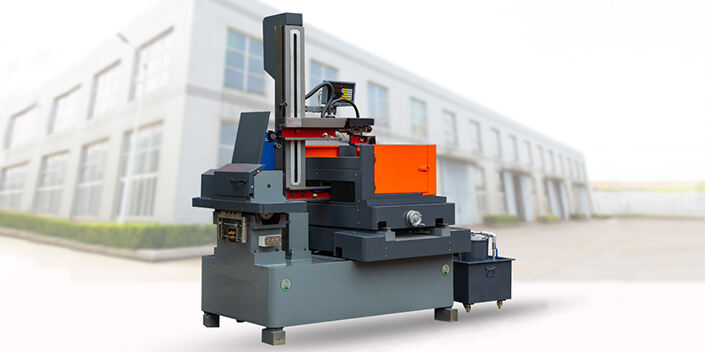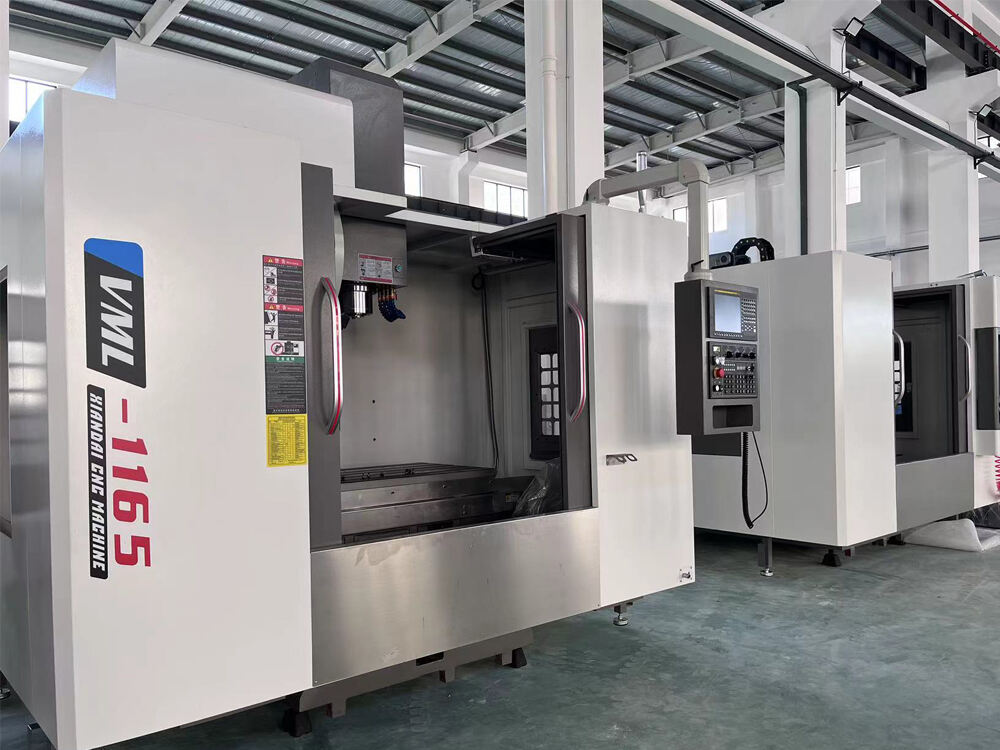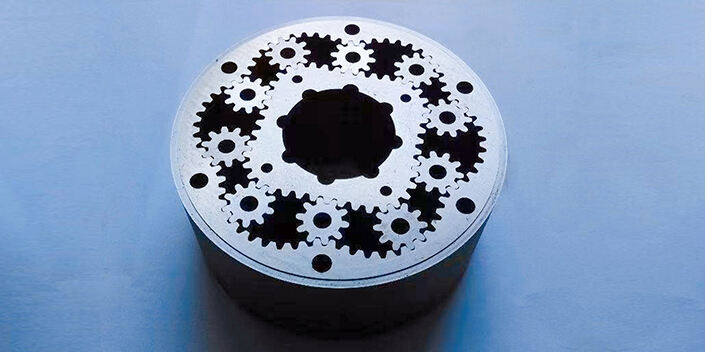Understanding the Lathe Machine Tool for Metal Turning and Shaping
Lathes are pretty much workhorses when it comes to metal shaping and machining tasks. The basic idea is simple enough really: spin the piece while keeping the cutting tool still, which lets craftsmen chip away at material to create all sorts of round or cone-shaped parts. These machines show up everywhere from small workshops to big factories because they just cant be beat for making those intricate metal bits needed in so many places. Think about cars and planes especially, where every tiny component has to fit perfectly for everything to function properly.
At its core, how a lathe works is pretty straightforward really. The part being worked on rotates around while the cutting tool stays put in place. What this does is allow for steady material removal from the piece, which means we get both accuracy and good results without wasting time or resources. When something spins on the lathe, the cutter moves along it according to programmed instructions, gradually shaping the object down until it reaches exactly the dimensions needed for whatever application it's intended for.
When talking about lathe machines, there are several essential parts worth mentioning: the bed forms the base where everything else sits and stays aligned. Moving along this base is the carriage which carries different cutting tools across the workpiece. For longer pieces or when extra support is needed, the tailstock comes into play either holding specialized tools or stabilizing materials during processing. And then we have the spindle itself that actually spins the material being worked on. All these parts working together make it possible to perform all sorts of machining tasks ranging from simple cuts to complex operations like threading internal surfaces or enlarging holes through boring techniques commonly used in manufacturing shops around the world.
Types of Lathe Machine Tools Available for Metalworking
Lathe machine tools play a really important role in metalworking shops everywhere. Knowing what kind of lathe we're dealing with makes all the difference when figuring out what it can actually do. Take engine lathes for instance they're probably the workhorses of this category, capable of doing everything from basic turning jobs right up to some pretty complicated cutting work. Auto manufacturers and folks in the aerospace business rely heavily on these machines to create those tiny but critical parts that go into engines, transmissions, and other complex assemblies. What makes them stand out is their robust build quality combined with designs that let operators get super precise results even during demanding production runs where multiple operations happen one after another without stopping.
Turret lathes really shine when it comes to repetitive production runs. They're built with quick tool switching in mind, which makes them perfect for shops needing to crank out parts fast. Take the electronics industry for instance, where companies need thousands of identical components day after day. These machines cut down on wasted time between operations because operators don't have to constantly swap tools by hand. Consumer goods manufacturers love this feature too since it means fewer production stops and higher overall throughput. The ability to switch from one cutting operation to another almost instantly gives these machines a serious edge over traditional setups.
CNC lathes are basically the gold standard when it comes to modern lathe tech, giving manufacturers something close to perfect precision while making all sorts of complicated shapes possible through computer control systems. The medical device industry and high end engineering shops definitely depend on these machines for their work because they need parts with really fine details and exact measurements. What makes CNC lathes so special is how they follow detailed programming instructions to create custom components that just wouldn't be feasible with traditional methods. Every single part produced this way ends up meeting those strict quality standards that many industries demand nowadays. And let's not forget about the efficiency boost from computer controlled operations which cuts down on mistakes made by humans during production runs, ultimately leading to more reliable output across the board.
The variety in lathe machine toolsâfrom engine lathes to CNC lathesâprovides industries with tailored solutions that align with their specific production needs, improving both efficiency and output quality.
Benefits of Using Lathe Machines in Metal Shaping
Lathe machines are essential tools in precision engineering work, giving manufacturers much better control over part dimensions and surface quality needed for quality metal parts. Industry experience shows these machines can hit tolerances down to the micron level, which makes all the difference when creating parts that need exact measurements and smooth surfaces. For many manufacturing sectors, this kind of precision isn't just nice to have anymore it's basically required. Take aerospace components for instance, where a fraction of a millimeter off spec could mean failure in service or shortened lifespan of the finished product.
Lathe machines stand out because they can do so many different things. Their applications run the gamut from making custom parts to rapid prototyping across all sorts of industries. Take aerospace work where precision is everything, or automotive shops needing specialty components - lathes handle it all thanks to their capability with various materials and shapes. That flexibility keeps these machines busy in workshops everywhere. Manufacturers rely on them day in and day out to tackle complicated blueprints and churn out one-of-a-kind pieces without breaking a sweat.
Production efficiency goes way up when manufacturers start using lathe machines, according to industry reports that show production speeds jumping while waste drops off significantly. When these machines run efficiently, they cut down on time spent making parts and reduce the amount of raw material wasted during production runs. For many factories, this means saving money on materials and creating less environmental impact at the same time. The speed plus waste reduction factor explains why so many companies turn to lathes for their mass production needs. Automotive plants especially rely on these machines to crank out thousands of components daily without breaking stride or budget constraints.
Essential Features to Look for in a Metal Lathe for Sale
Buying a metal lathe requires looking at motor power and speed settings first and foremost. The strength of the motor determines how well the machine handles tough jobs and different kinds of material work. Strong motors mean better performance overall and can tackle heavier duty tasks without breaking down. Speed adjustments matter too because they let operators fine tune the machine for what needs doing at any given moment. For instance, softer metals might need slower speeds while harder alloys require faster cuts. Before making a purchase decision, think about what kind of materials will be processed most often and whether the shop plans to expand into new types of machining projects down the road.
How long a lathe machine lasts really depends on two main factors: durability and build quality. What goes into making these machines matters a lot when it comes to how well they hold up over time. Machines built with good quality materials stand up much better against regular wear and tear. Take cast iron for instance – lathes made from this material handle vibrations much better and stay stable during operation. The extra strength means these machines can take a beating from constant use without losing their edge. Maintenance becomes less frequent and expensive repairs happen far less often compared to cheaper alternatives. For shops looking at long term costs, investing in a sturdy lathe pays off handsomely down the road.
The way we control machines is changing fast, so looking at how old school manual controls stack up against today's digital options makes sense. Many experienced machinists still swear by physical knobs and levers because they get immediate feel from their hands on the machine during fine adjustments. Digital panels bring something different to the table though. They make setup much easier and let operators program exact parameters for repeatable results. Plus, most new systems come packed with built-in safety checks that kick in automatically when things go wrong. What really stands out is how these advanced interfaces handle complicated jobs that would take forever with traditional methods, saving time and reducing errors across production runs.
The Role of Lathe Machines in Modern Manufacturing Processes
Modern lathe machines have become essential tools in manufacturing thanks to their integration with CNC technology, commonly known as Computer Numerical Control. What makes these machines so valuable is how they bring a whole new level of accuracy and automated control to metalworking tasks. Before CNC came along, many of these detailed operations would have been nearly impossible using traditional manual methods alone. When manufacturers equip their shops with CNC lathes, they gain the ability to craft parts with really intricate designs and exacting specifications while needing far less hands-on work from operators. For businesses looking at the bottom line, this means products come out consistently high quality with fewer mistakes creeping in during production runs. The end result? Higher output levels combined with better overall efficiency across the shop floor.
Lathe machines show their true worth in places like aerospace and automotive manufacturing, where getting things just right matters a lot. Take aircraft engines for instance – lathes help shape those complex rotor parts and structural elements that need to be spot on. The same goes for cars too. Engine blocks and transmission components rely heavily on what lathes can do, since even tiny mistakes here could lead to big problems down the road. Looking at how these industries depend so much on precise machining tells us why shops invest in good quality lathes. After all, when lives depend on equipment working flawlessly, there's no room for error.
Lathe machines play a big role in making sure manufacturing stays precise while meeting all those industry standards and regulations out there. These machines deliver consistent results time after time, which helps factories maintain high quality work and stay within legal boundaries. A recent report from Astute Analytica shows something interesting about the machine tool market worldwide. They predict significant growth in revenue for this sector, especially since businesses keep needing better tools that can handle both precision work and regulatory demands. Looking at this trend makes sense why so many manufacturers rely on lathes. Beyond just cutting metal accurately, they actually improve how good the final products are across different industries, helping companies meet customer expectations without getting into trouble with regulators down the road.
Trends in Lathe Machine Technology: The Future of Metal Turning
CNC lathes are changing how we approach metal turning these days, bringing along some pretty cool new features like real time monitoring systems and adaptive machining capabilities. Manufacturers now get much better precision and efficiency when working with metals, which helps them keep their products consistently accurate across batches. What's interesting is how this fits into what's happening throughout the manufacturing sector right now. More shops are going digital, using constant monitoring and analyzing data as it comes in to cut down on mistakes during production runs. Some companies report waste reductions of up to 30% after implementing these smarter machining practices.
The rise of automation has really changed how lathes operate these days, shaking up the workforce and setting off some interesting trends across manufacturing shops. What used to take hours of manual work at the machine tool? Well, now most of those same tasks get done much faster thanks to automated systems running behind the scenes. Production numbers have gone way up while workers spend less time doing repetitive hand work. We're seeing a big shift in what kinds of jobs matter most in factories too. Operators aren't just turning knobs anymore; they need to understand computer interfaces, troubleshoot problems when machines glitch, and keep an eye on all sorts of digital readouts. Looking ahead, factory floor jobs will probably look even more tech-centric. Someone who knows how to interpret sensor data or adjust programming parameters might find themselves in higher demand than someone with purely hands-on machining skills.
Looking at what's coming next in lathe manufacturing shows where the industry might be heading. New stuff on the market includes composite materials and better alloys that just keep showing up everywhere. Traditional lathes aren't cutting it anymore when dealing with these modern materials that have their own quirks and requirements. We're starting to see special purpose lathes pop up that can handle intricate shapes and tight specifications that regular machines struggle with. For factory owners, this means they'll finally catch up to what markets want today - parts that are both precise and adaptable. The aerospace sector especially needs this kind of tech since planes require components that weigh less but still hold up under stress. Same goes for car makers who constantly chase lighter weight without sacrificing strength.
Table of Contents
- Understanding the Lathe Machine Tool for Metal Turning and Shaping
- Types of Lathe Machine Tools Available for Metalworking
- Benefits of Using Lathe Machines in Metal Shaping
- Essential Features to Look for in a Metal Lathe for Sale
- The Role of Lathe Machines in Modern Manufacturing Processes
- Trends in Lathe Machine Technology: The Future of Metal Turning





